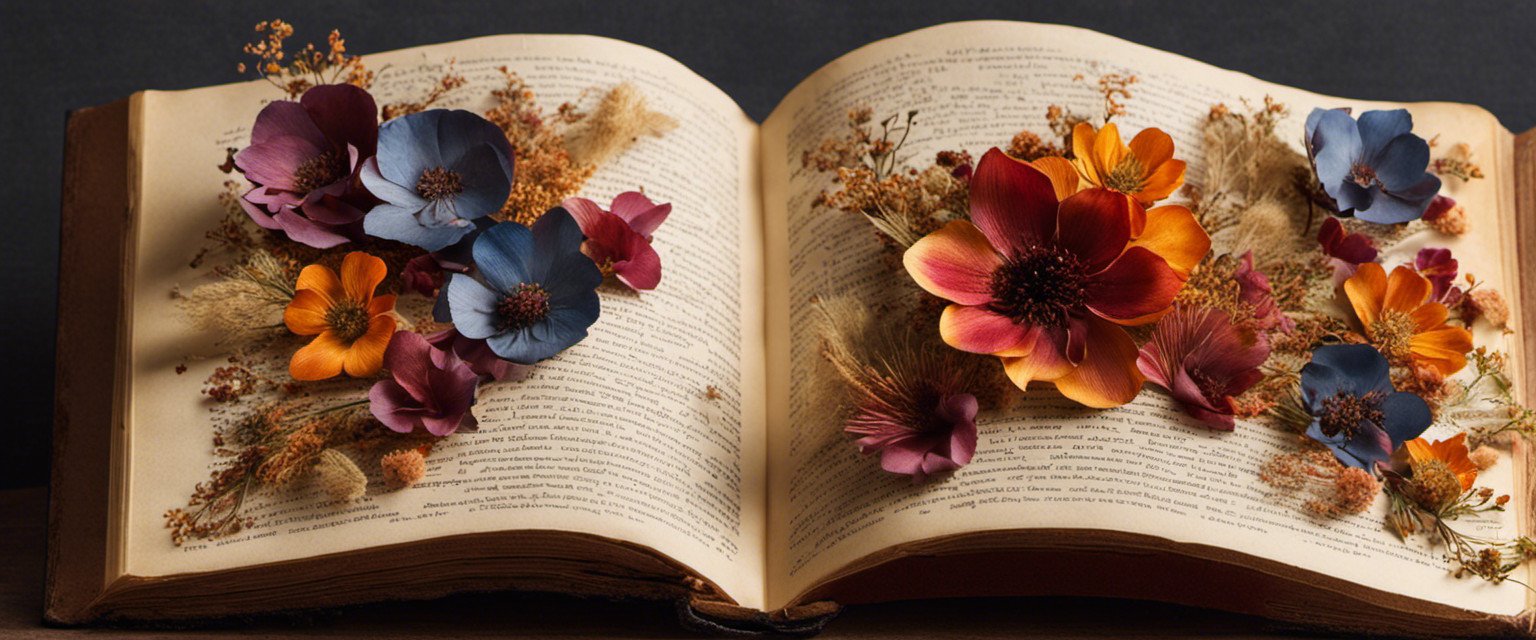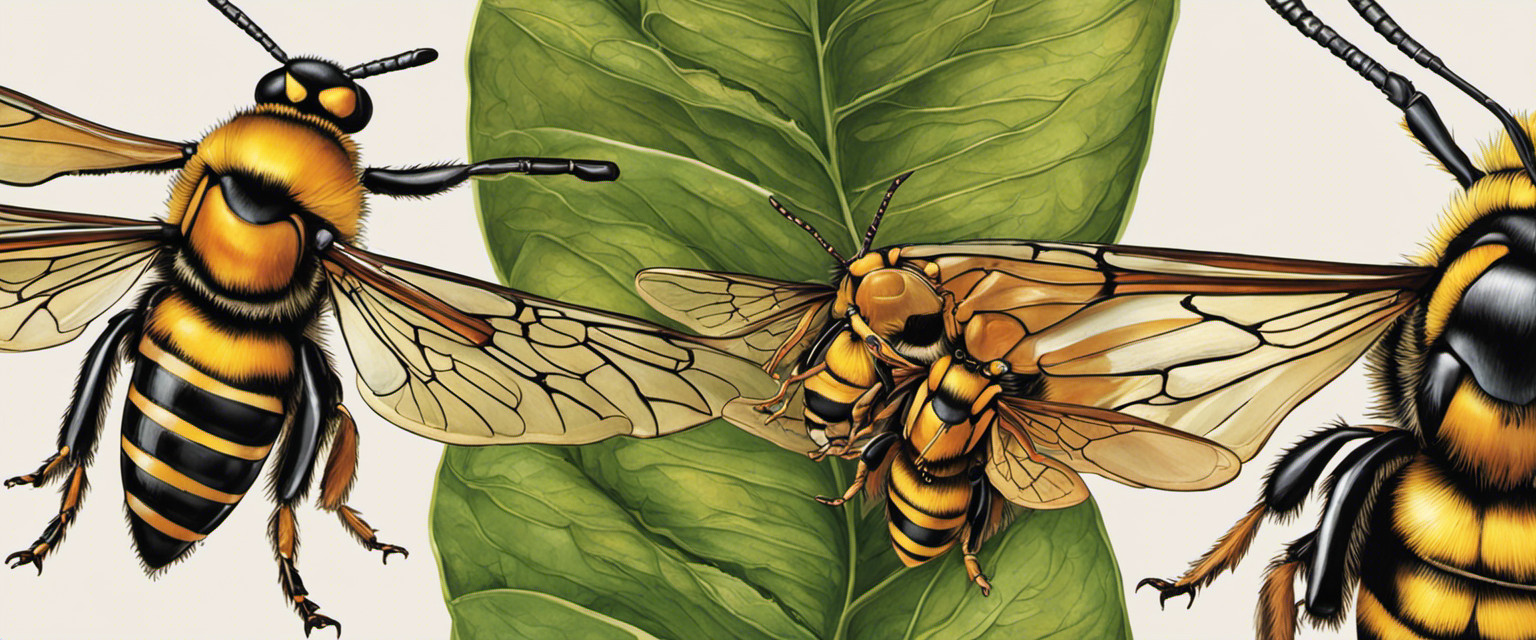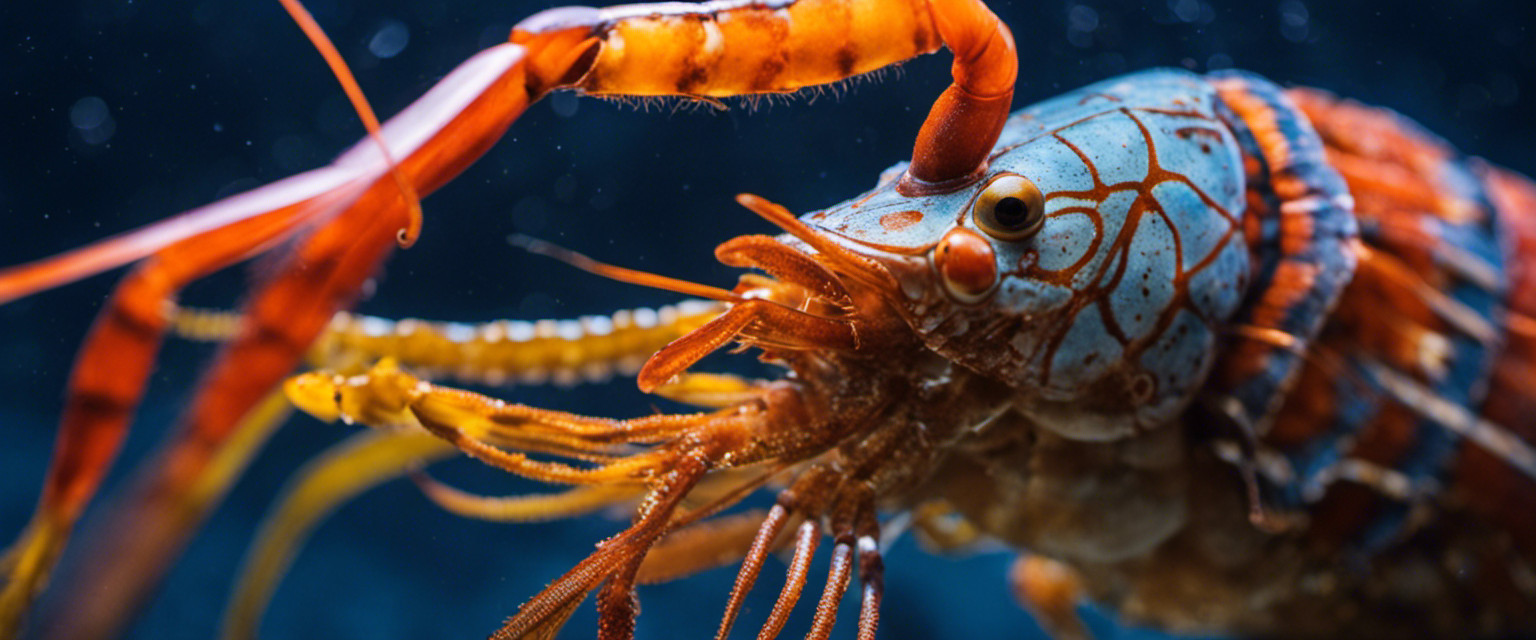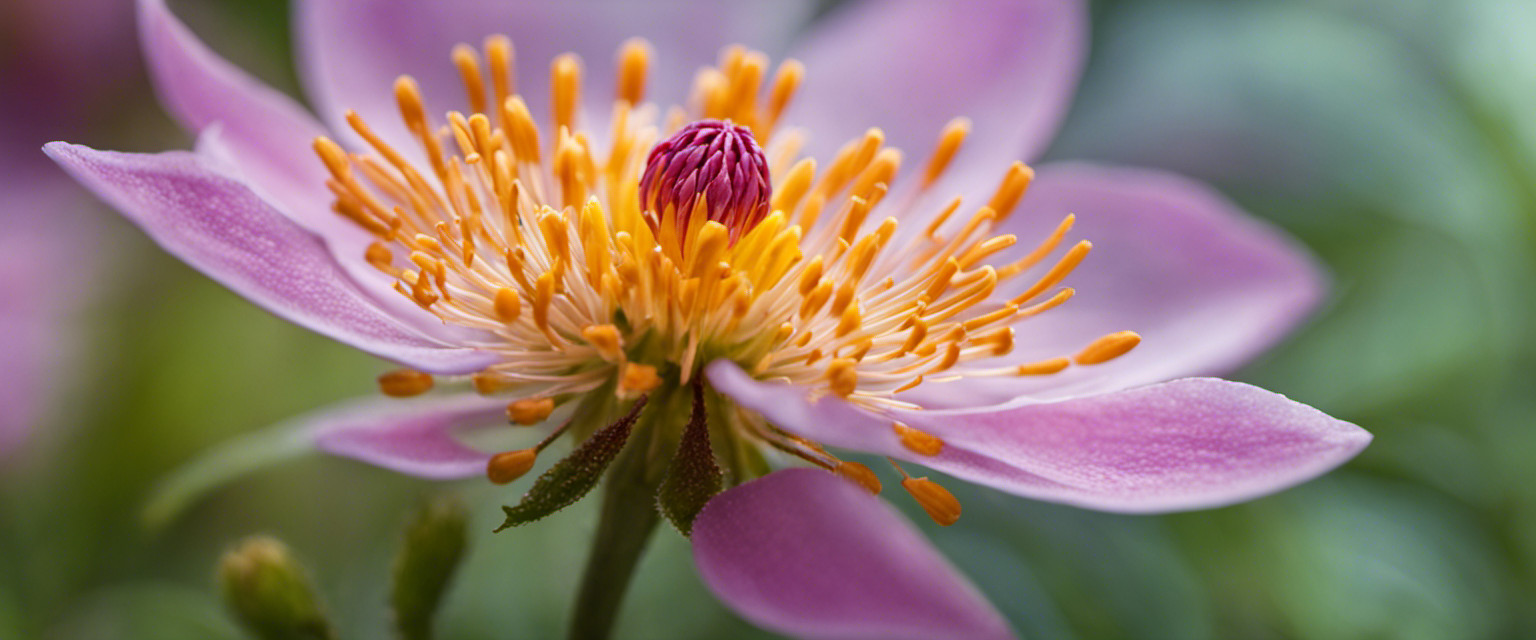In the realm of botanical wonders, few can rival the enigmatic allure of Rafflesia, the largest flower in the world. With its colossal proportions and distinctive features, this floral giant stands as a testament to nature’s boundless creativity.
In this article, we embark on a journey through useless knowledge about Rafflesia, uncovering its fascinating history, exploring its unique characteristics, and offering tips for those who seek to spot this elusive beauty in the wild.
Prepare to be astounded by the intricacies of nature’s masterpieces as we delve into the realm of Rafflesia’s captivating mysteries.
History of Rafflesia, the Largest Flower in the World
The discovery of Rafflesia’s origins is a fascinating topic that has intrigued botanists and plant scientists for years. This largest flower in the world, with its unique characteristics, holds great cultural significance and symbolism in various cultures.
Through objective analysis and detailed observations, researchers have uncovered valuable information about its physical attributes, growth patterns, reproductive mechanisms, and ecological adaptations, shedding light on the remarkable nature of this botanical wonder.
Discovery of Rafflesia’s Origins
Originating from the Malay Archipelago, the discovery of Rafflesia’s origins was a significant milestone in botanical research. Rafflesia is an obligate parasitic plant with no leaves or chlorophyll, belonging to the order Malpighiales and family Rafflesiaceae.
This largest flower in the world exhibits a unique growth pattern, emerging as a bud before blooming into a massive reddish-brown flower measuring up to one meter in diameter. Its fleshy petals are covered with intricate patterns and emit an unpleasant odor resembling rotting flesh, attracting pollinators such as carrion flies.
Rafflesia’s evolutionary development has had profound effects on local ecosystems by influencing insect populations and nutrient cycling dynamics.
Cultural Significance and Symbolism
Cultural significance and symbolism surround Rafflesia, as it holds a special place in the traditions and folklore of the regions where it is found. This largest flower in the world, known for its striking appearance, plays a vital role in various cultural practices.
It is often associated with spiritual meanings and revered as a symbol of beauty and power. The unique characteristics of Rafflesia have captivated people’s imagination for centuries, making it an important element in their cultural narratives and beliefs.
Main Explanation of Rafflesia’s Unique Characteristics
Rafflesia’s unique characteristics include its large size, lack of leaves and stems, and parasitic nature. This largest flower in the world has evolved specific adaptations that allow it to thrive in its environment.
It relies on a parasitic lifestyle, obtaining nutrients from the host plant it attaches to. Its growth pattern is fascinating, as it starts as a small bud and eventually blooms into a stunning flower with vibrant colors.
The rafflesia’s intricate structure and reproductive mechanisms are also worth noting. Its ecological adaptations enable it to survive in its specific habitat.
Tips for Spotting Rafflesia in the Wild
When attempting to spot Rafflesia in the wild, it is important to keep an eye out for specific environmental conditions and host plants that are conducive to its growth. Look for areas with high humidity and temperatures between 25-35 degrees Celsius. Rafflesia typically grows on the roots of Tetrastigma vines or other related plants. The flower only blooms for a few days, so timing is crucial.
These factors play a vital role in creating suitable habitats for Rafflesia. Conservation efforts should focus on preserving these specific environments to ensure the survival of this unique flower.
Transitioning into the next section, let’s now explore some final thoughts on Rafflesia and its significance in the plant kingdom.
Final Thoughts
The presence of the largest flower in the world, Rafflesia, has significant impacts on local ecosystems. Despite its unique beauty and ecological role as a parasite, this flower poses challenges to conservation efforts due to its specific habitat requirements and vulnerability to human activities.
Protecting Rafflesia requires implementing strategies that balance the needs of local communities with the preservation of this extraordinary plant species. Conservation efforts should focus on raising awareness, establishing protected areas, and promoting sustainable practices within these ecosystems.
Frequently Asked Questions
How Long Does It Take for a Rafflesia Flower to Bloom?
The blooming duration of a Rafflesia flower is influenced by various factors. These include environmental conditions, such as temperature and humidity, as well as genetic predisposition and nutrient availability. The time required for full bloom can range from several days to weeks.
Are There Any Known Medicinal Properties of the Rafflesia Flower?
There is limited research on the medicinal uses of the Rafflesia flower. However, due to its rarity and unique characteristics, it holds potential for further investigation into possible therapeutic properties.
Can Rafflesia Flowers Be Found in Other Parts of the World Besides Southeast Asia?
Rafflesia flowers have not been found outside of Southeast Asia. However, exploring their potential benefits in traditional medicine and their ecotourism potential in other regions could present interesting opportunities for further research and conservation efforts.
What Are the Main Predators of the Rafflesia Flower?
Predator-prey relationships play a crucial role in the ecological dynamics of the Rafflesia flower. Understanding the main predators involved can provide insights into its impact on the ecosystem and contribute to our knowledge of this remarkable plant species.
Are There Any Conservation Efforts in Place to Protect the Rafflesia Flower From Extinction?
Conservation efforts are underway to protect the rafflesia flower from extinction. Threats to its survival include habitat loss, illegal collection, and climate change. These efforts aim to preserve this unique species and its ecological importance for future generations.






